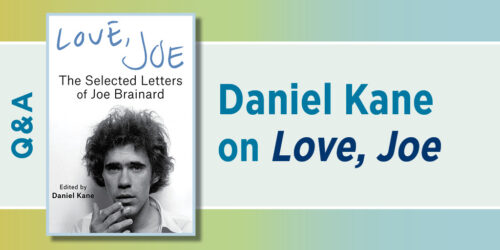Who Are the Critical Children in Critical Children?
We conclude our week-long focus on Critical Children: The Use of Childhood in Ten Great Novels with a special offer for the book and by ending where we perhaps should have begun.
First of all, we would like to extend a 30% discount on Critical Children. To save 30%, add the book to your shopping cart, and enter code CRILO in the “Redeem Coupon” field at check out. Click on the “redeem coupon” button and your savings will be calculated.
In previous posts, we’ve mentioned a few of the children Richard Locke discusses in Critical Children but here’s the full list:
Oliver Twist
David Copperfield
Pip
Huckleberry Finn
Tom Sawyer
Miles and Flora (The Turn of the Screw)
Peter Pan
Holden Caulfield
Lolita
Alexander Portnoy
As Richard Locke points out in his introduction, literature provides us with many examples of memorable children, so why these characters and why did he choose the particular ten novels:
But why these particular ten novels? Because I’ve read and reread them with ever growing admiration and discovery. Because I’m not alone in my enthusiasm—general readers, writers, and students as well as scholars share it. And, as I’ve said, these characters still command instant recognition, though, of course, some of this may be because eight of the ten novels were turned into movies, often more than once. But it’s noteworthy that these characters are recognized not as figures in classic books for children (like Tom Brown’s School Days, Little Women, The Little House on the Prairie, Charlotte’s Web) but as children in classic books for adults. The books by Dickens, Twain, and Barrie were read by Victorian or Edwardian children, and high school adolescents are often assigned Huckleberry Finn and The Catcher in the Rye as socializing rites of passage: both rebels are ultimately tutelary spirits of American democracy. (That both books are often denounced or banned as well as required confirms their continued cultural centrality.) But these ten books are not primarily for children. And, of course, these characters are not the only great children to be found in novels, nor are these ten novels the only great novels about children—think of Wuthering Heights, Jane Eyre, What Maisie Knew, A Portrait of the Artist as a Young Man. Still, these characters command a wider extra-literary force-field in popular consciousness than Cathy or Jane or Maisie or Stephen. And although these characters are fictional, they exert normative authority in ways that rival or exceed that of the nonfictional characters of, say, Father and Son or Black Boy or Memories of a Catholic Girlhood or The Woman Warrior. That nine of the eleven central characters are boys, that all are white, and that all of the authors are male and white reflects the race, class, and gender priorities and prejudices of the society that found them—and despite political progress still finds them—so compelling. There are many other books of great distinction that feature nonwhite children, and many by nonwhite and female authors.





